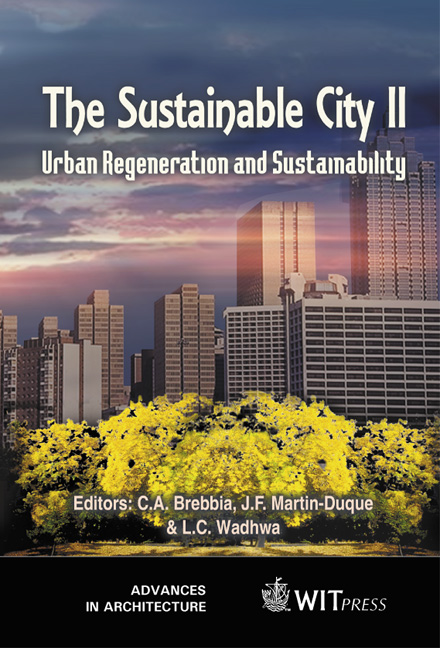Urban Regeneration And The Sustainability Of Colonial Built Heritage: A Case Study Of Macau, China
Price
Free (open access)
Transaction
Volume
54
Pages
Published
2002
Size
655 kb
Paper DOI
10.2495/URS020351
Copyright
WIT Press
Author(s)
I Chaplain
Abstract
This paper presents a case study of late twentieth century urban regeneration in the former Portuguese colonial territory of Macau -now designated as a Special Administrative Region of China (Macau SAR). Regeneration in this context is defined and discussed here under the headings: regeneration through reclamation; regeneration through infiastructure investment; regeneration through preservation. The new Macau SAR Government continues to differentiate Macau from its neighbours by promoting the legacy of a tourist-historic city with a unique architectural fusion of both West and East as an integral feature of the destination’s marketing strategy. However, regeneration of urban space through reclamation has led to a proliferation of high rise buildings with arguable architectural merit which diminish the appeal of the ovewhelmed heritage properties and sites. Future plans for the development of the territory are outlined, including, major projects designed to enhance the tourism product through purpose-built leisure and entertainment facilities. 1 Introduction The urban regeneration of the City of Macau can be attributed to significant developments which occurred in the last century of its four hundred years of existence as a Portuguese occupied territory located in China’s southern province of Guangdong - formerly known as Canton. Since it was designated as a city in 1586, the City of Macau alone has doubled in size mainly due to the strategies undertaken by various consortiums -the most successful of which has been under the auspices of the casino and entertainment company established by Stanley Ho. The revenues accrued from Mr Ho’s private
Keywords





